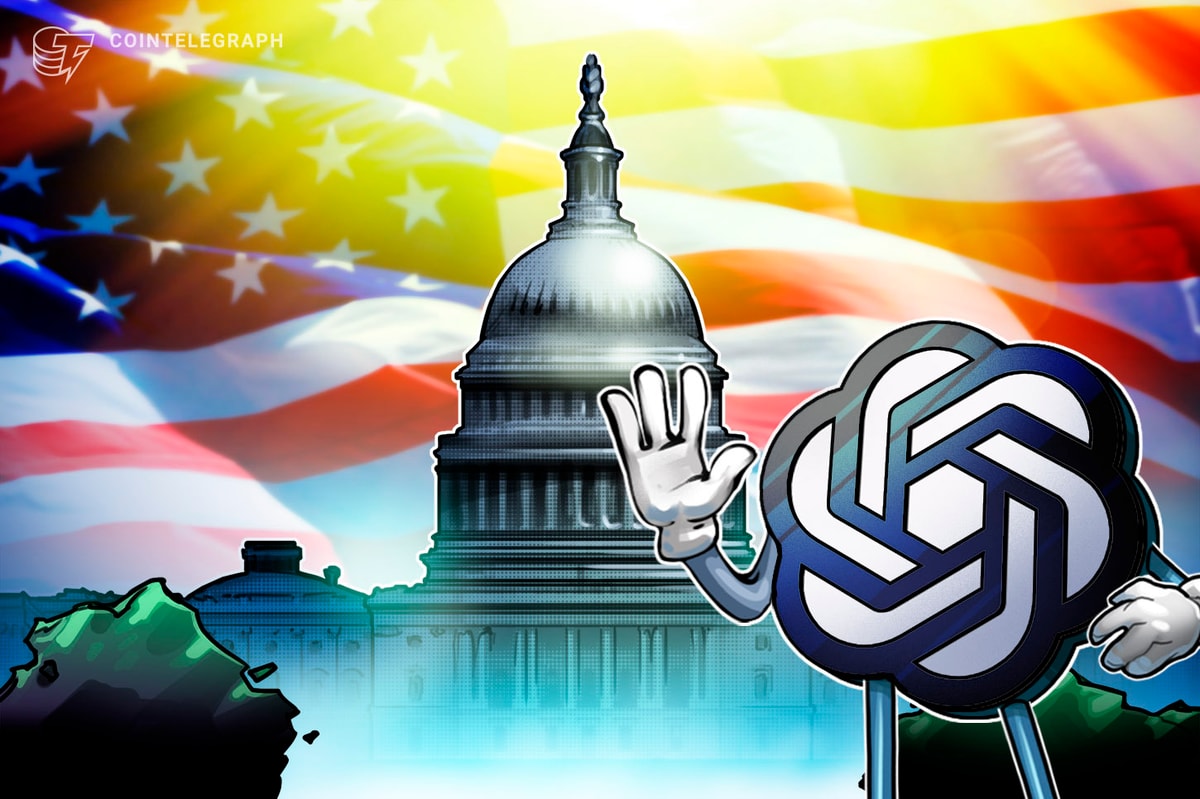Economics professor Karl Whelan, from University College Dublin, explores on Forbes.com how Bitcoins differ from dollars in terms of how users value the currencies.
He first establishes, citing Stephen Kinsella, that Bitcoin has no value other than what others are willing to pay for it, creating a bubble.
That’s now to say the bubble has to pop. Since the 1971, the US dollar has been backed by no commodities such as gold, and thus the Greenback is subject to the same bubble dynamics. It’s only worth what we say it’s worth.
Then again, no governments have classified Bitcoin as legal tender, and no one requires payment in Bitcoin. That’s an added source of value for the dollar.
Of course, the supply dynamic is wildly different between the two currencies. The US government can print all the dollar bills it wants to, but Bitcoin’s supply is limited by its protocol. Special computers have to calculate an algorithm around the clock to create Bitcoins.
That’s a simplified description, obviously, but Whelan seems to misunderstand this fundamental fact. His criticism that “blind trust in the people behind Bitcoin may turn out to be no more sensible than blind trust in the US government” misses the mark as a result.
Whelan points to a 1998 article titled “Two Concepts of Money” by Charles Goodhart in analyzing Bitcoin as private money.
He suggests that private money, first of all, only works at small scales. Once it reaches a certain size and influence, the state or some intervening body makes a power play to maintain its monopoly on currency.
How this would work with Bitcoin obviously remains to be seen. Can any government control a decentralized currency? They can ban it, sure, but how would even that work in practice?
Whelan also points out that it was government standardization and minting that allowed coins to finally become a widely adopted medium of exchange. The ruler’s word, whatever that was worth, seemed sufficient for people to accept that the precious metals supposedly used to mint a coin were in fact used in the coin’s minting.
The king said these coins are gold, so they must be gold.
This was where he tried to tie in “blind trust” in Bitcoin, although the currency’s transparent design is meant for trust to be anything but blind.
Whelan’s points beg considering, but it seems his economic theories need to catch up with technological realities.











